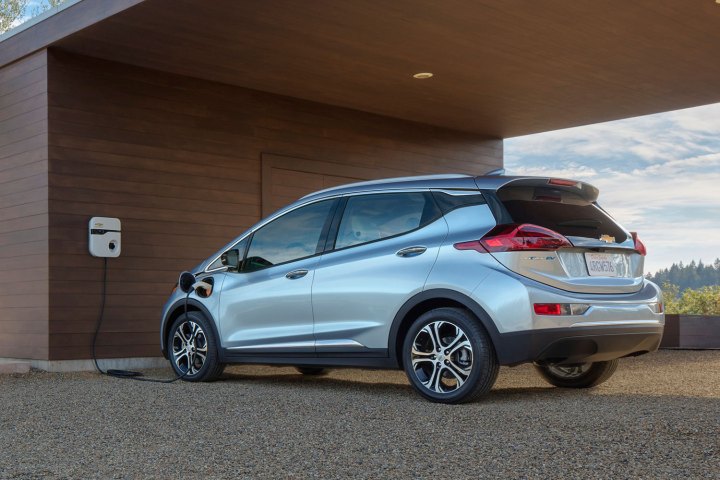
“Roughly 90 percent of the personal vehicles on the road daily could be replaced by a low-cost electric vehicle available on the market today, even if the cars can only charge overnight,” said Jessika Trancik, the Atlantic Richfield Career Development Associate Professor in Energy Studies at MIT’s Institute for Data, Systems, and Society (IDSS). Trancik further stated that making the switch “would more than meet near-term U.S. climate targets for personal vehicle travel.”
The large-scale, four-year study integrated two datasets. One set of information, collected by state agencies in Texas, Georgia, and California, included detailed, GPS-based second-by-second driving behavior data. That data was used to measure statewide driving patterns.
The second dataset studied households across the country to understand how and where people actually drove, based on a nationwide transportation survey. The researchers involved were looking for “the distances and timing of trips, the different driving behaviors, and the ambient weather conditions,” said Zachary Needell, a graduate student involved in the study.
The results of the study found that the daily energy use of 90 percent of the cars used in the U.S. today could be met by using currently available electric vehicles charged once a day at home or at work. The cost of the switch would be the equivalent of the cost of buying and operating internal combustion engine-powered vehicles. The big win, the greatest benefit from the switch would be a 30-percent reduction in greenhouse gas emissions.
The study results fly in the face of the idea that the short driving ranges of the more reasonably electric vehicles would not suffice for the driving people do currently. But that’s what the research found. Another interesting finding was the consistency of current vehicle use — and therefore the consistency of the electric alternative — across the country.
“The adoption potential of electric vehicles is remarkably similar across cities,” Trancik says, “from dense urban areas like New York, to sprawling cities like Houston. This goes against the view that electric vehicles — at least affordable ones, which have limited range — only really work in dense urban centers.”
Editors' Recommendations
- Pros and cons of buying a used electric car
- Apple’s electric car may be at least five years away, report says
- Tesla’s new million-mile battery could finally make electric cars affordable
- Hyundai will use Canoo’s ‘skateboard’ chassis for future electric cars
- Bentley’s first electric car could use cutting-edge solid-state batteries



